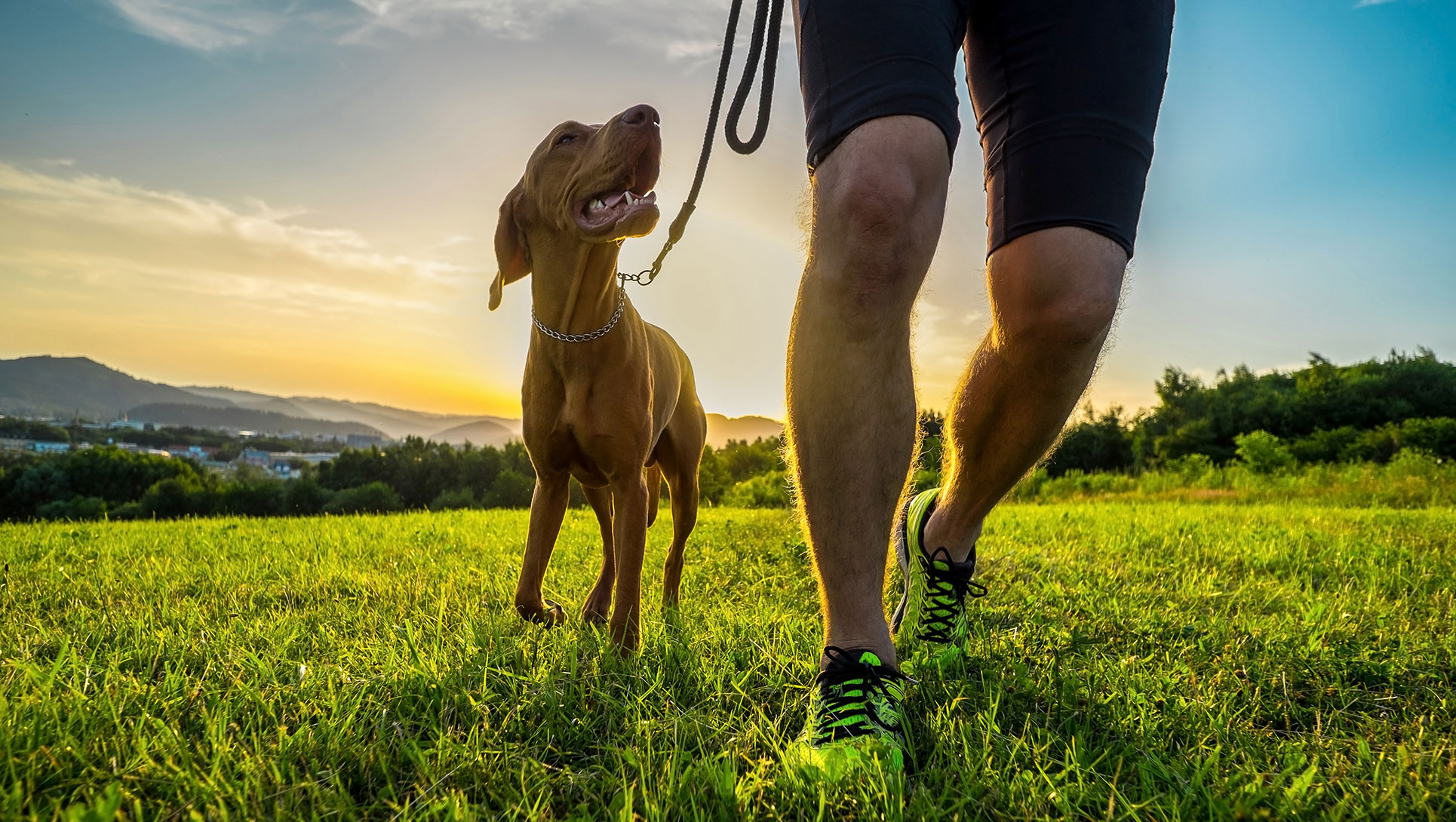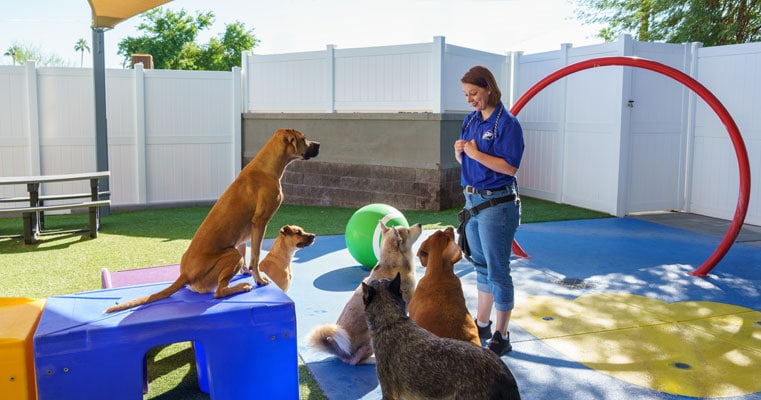Overcoming Challenges in Dog Training: Expert Advice for All Pet Owners
Overcoming Challenges in Dog Training: Expert Advice for All Pet Owners
Blog Article
Beginner's Overview to Effective Pet Training at Home
Efficiently educating a canine at home needs a nuanced understanding of canine behavior and effective communication techniques. Developing clear training goals, utilizing top quality rewards, and preserving uniformity throughout family participants are critical components. Incorporating training right into everyday routines can boost both engagement and retention.
Recognizing Canine Actions
Recognizing pet behavior is vital for reliable training and cultivating a harmonious relationship between humans and their canine buddies. Pet dogs communicate mainly through body movement, articulations, and faces, making it crucial for owners to analyze these signals properly. Acknowledging behaviors such as tail wagging, growling, or cring can offer understandings into a pet's emotional state and purposes.

Usual behavior issues, such as aggressiveness, anxiousness, or too much barking, typically stem from misconceptions or unmet requirements. Observing and resolving these issues promptly can avoid acceleration and make certain a favorable training experience. By promoting a deep understanding of dog behavior, owners can customize their training techniques to match their canine companions, ultimately resulting in a satisfied and mannerly pet dog.
Crucial Training Tools
A fully equipped training area can considerably boost the performance of pet training in the house. Vital training devices guarantee that both the dog and the trainer can take part in productive sessions that foster discovering and bonding.

Buying a durable chain and a comfortable, well-fitting collar or harness is essential for safety and security and control. These devices help develop limits and ensure the pet dog stays secure throughout training. In addition, a marked training area, without disturbances, aids focus for both the trainer and the pet.
Educating help such as training pads, cones, or agility tools can also boost the experience by introducing selection and challenges. Lastly, having a notebook or electronic application for tracking development can be invaluable, allowing you to note successes and areas for renovation. Utilizing these vital devices will develop a positive training setting and lay the foundation for reliable understanding.
Producing an Educating Routine
Establishing a constant training routine is vital for reliable pet dog training in your home. A well-structured regular not just aids in reinforcing preferred habits but likewise provides your dog with a complacency and predictability. To develop a reliable training routine, begin by recognizing details training objectives, such as standard commands, leash strolling, or housebreaking.
Choose an assigned time daily for training sessions, preferably when your canine is alert and receptive. Sessions should be short, roughly 5 to 15 mins, to keep emphasis and avoid tiredness. Consistency in timing and environment will certainly enhance your pet dog's learning experience.
Include training into daily activities read what he said to reinforce abilities. For instance, method commands throughout walks or nourishment, which incorporates discovering into all-natural regimens. In addition, stay adaptable and readjust the regular as required, suiting your pet dog's power degrees and mood.
Positive Support Methods
Positive reinforcement strategies are essential to effective canine training, promoting preferred habits through rewards rather than penalty. This technique utilizes positive stimuli, such as deals with, praise, or play, to motivate pets to repeat specific activities. The cornerstone of this strategy is timing; incentives ought to be offered instantly adhering to the desired actions to produce a clear association.
When executing positive support, it is necessary to pick benefits that are motivating for your canine. High-value treats, such as little items of chicken or cheese, can be particularly reliable during training sessions. Additionally, varying the incentives can maintain your pet's rate of interest and enthusiasm.
Begin with easy commands, like "sit" or "remain," and progressively progress to a lot more complex tasks. Uniformity is key; make certain that all relative utilize the exact same commands and reward systems to prevent complication.
In addition, it is essential to stay patient and prevent frustration. Pet dogs, like people, find out at their very own pace. By promoting a supportive training atmosphere via positive reinforcement, you can enhance your pet's knowing experience while enhancing the bond in between you and your hairy companion, preparing for effective training outcomes.
Typical Training Challenges
While training a canine in your home can be a fulfilling experience, it often includes a collection of usual obstacles that can evaluate both perseverance and uniformity. One common problem is disturbance. Canines her explanation may come to be conveniently averted by noises, motions, or also fragrances in their setting, making it tough to keep their emphasis throughout training sessions.
One more obstacle is disparity in commands and reinforcement. It can hinder and perplex the pet dog progression if household participants utilize different cues or rewards. Developing a unified technique is essential for effective communication.
In addition, canines can experience stress or tension, specifically if they do not recognize what is expected of them. This can lead to unwanted behaviors, such as eating or barking.
Lastly, the timing of reinforcement is essential (Dog training). Delayed benefits can diminish the performance of favorable reinforcement, as dogs might stop working to connect the behavior with the reward
Overcoming these obstacles needs commitment, clear interaction, and a structured training strategy. Acknowledging and addressing these common obstacles will certainly pave the means for a much more enjoyable and successful training experience at home.
Final Thought
To conclude, effective canine training in the house necessitates an extensive understanding of canine habits and reliable communication strategies. By developing Get the facts clear training objectives and utilizing high-grade treats alongside positive support, the training procedure becomes much more fulfilling for both the pet dog and the fitness instructor. Perseverance, flexibility, and consistency are important elements that facilitate discovering. Ultimately, integrating training into day-to-day routines boosts the bond in between canine and proprietor, making the experience both delightful and efficient.
Developing a consistent training routine is vital for efficient canine training at home.Positive reinforcement methods are fundamental to effective pet training, advertising wanted actions via rewards instead than punishment (Dog training). By promoting a helpful training environment via favorable reinforcement, you can boost your canine's discovering experience while reinforcing the bond in between you and your fuzzy buddy, laying the groundwork for effective training results
In final thought, successful pet dog training at home requires a detailed understanding of canine behavior and effective communication strategies. By developing clear training objectives and making use of top notch treats along with favorable reinforcement, the training process ends up being much more gratifying for both the canine and the fitness instructor.
Report this page